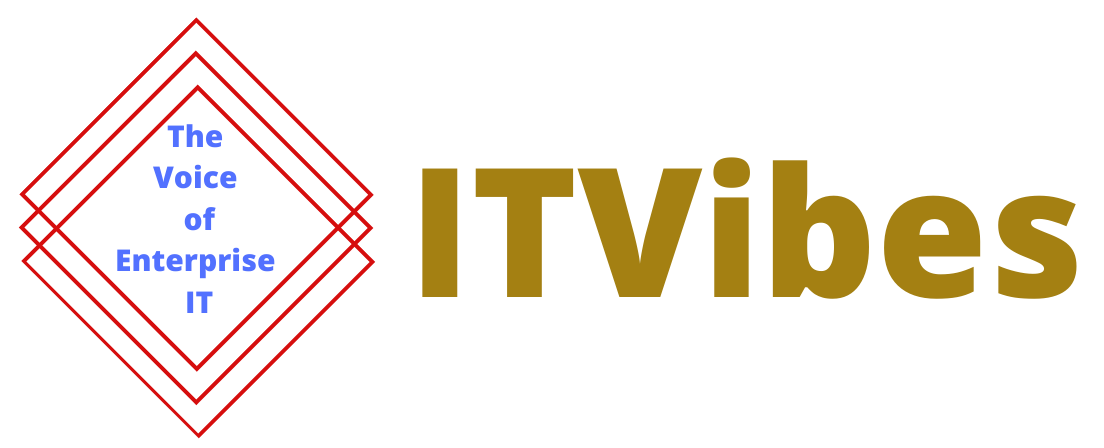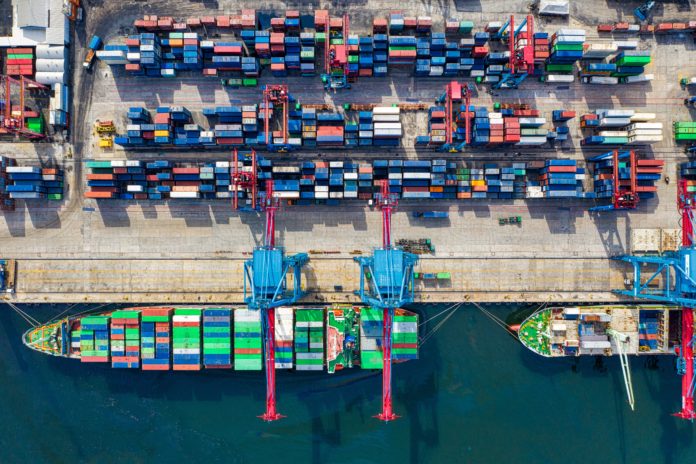Gartner has listed the top technology trends with the potential to transform the supply chain. Despite the promising potential, “only 21% are willing to consider, and often adopt, early-stage technologies”.
The latest report by Gartner Supply Chain practice noted: “some trends are now reaching critical tipping points in capability and maturity.”
“The vast majority of organizations have a cautious approach to adopting supply chain applications and technologies,” said Christian Titze, vice president analyst with the Gartner Supply Chain Practice.
Automation, Artificial Intelligence, Data & Analytics supported by the advent of 5G Networks and Immersive experience technologies such as virtual or augmented reality are expected to amplify supply chain effectiveness in the future.

- Hyperautomation
- Gartner defines Hyperautomation as a framework to mix and match a vast array of technologies within the supply chain. Hyperautomation can encourage broader collaboration and act as an integrator for disparate and siloed functions
- Digital Supply Chain Twin (DSCT)
- Gartner highlights Digital Twin as a digital representation of the physical supply chain
- Continuous Intelligence
- CI leverages a computer’s ability to process data at a much faster pace than people can. Gartner says Continuous Intelligence can help retailers react automatically to shopping behaviour online.
- Supply Chain Governance and Security
- A macro trend. Examples: advanced track-and-trace solutions, smart packaging and next-gen RFID and NFC capabilities
- Edge Computing and Analytics
- The rise of Edge Computing coinciding with IoT adoption. Example: Driverless Forklifts for warehouses
- Artificial Intelligence
- AI can enhance performance, helps solve challenges around data silos and governance
- 5G Networks
- 5G is game-changing. Example: Minimize latency and enhance real-time visibility and IoT capabilities
- Immersive Experience
- Immersive technologies such as VR, AR and mixed reality have the potential to transform. Example: Onboarding employees













